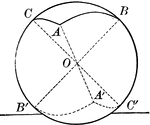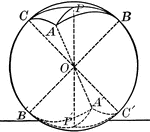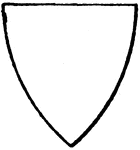
Three Triangles Used to Compare Sides
Illustration showing three triangles. This is used to show the following theorem: If two triangles have…

Triangular Double Arch
Tangrams, invented by the Chinese, are used to develop geometric thinking and spatial sense. Seven figures…

Triangular Double Arch
Tangrams, invented by the Chinese, are used to develop geometric thinking and spatial sense. Seven figures…

Triangular Double Arch
Tangrams, invented by the Chinese, are used to develop geometric thinking and spatial sense. Seven figures…

Triangular Double Arch
Tangrams, invented by the Chinese, are used to develop geometric thinking and spatial sense. Seven figures…

Development Exercise of Triangular Pyramid
Exercise problem to develop, or rolled out, image of the triangular pyramid by creating an equal length…

Triangular City Block With Angles and Lengths
Illustration showing an angle of 23 degrees 40 minutes making a triangle in a city block and marking…
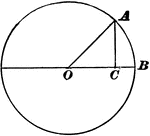
Trigonometry Triangle to Show Sine, Cosine, and Tangent
Right triangle OCA, inside of Circle O is used to show that side AC is "opposite" O and side OC is "adjacent"…
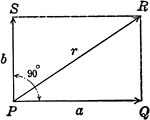
Resultant Vector With Vectors at 90 degrees
Illustration of the resultant vector when two vectors are acting upon a body at point P at 90 degrees.

Resultant Vectors
Illustration of the resultant vector when two vectors are acting upon a body at point P.

Resultant Vector With Vectors at Angle Ǝ
Illustration of the resultant vector when two vectors are acting upon a body at point P at Ǝ degrees.
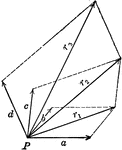
Resultant Vector From 4 Forces
Illustration of the resultant vector when four vectors are acting upon a body at point P.

Vulture
Tangrams, invented by the Chinese, are used to develop geometric thinking and spatial sense. Seven figures…

Vulture
Tangrams, invented by the Chinese, are used to develop geometric thinking and spatial sense. Seven figures…

Vulture
Tangrams, invented by the Chinese, are used to develop geometric thinking and spatial sense. Seven figures…

Vulture
Tangrams, invented by the Chinese, are used to develop geometric thinking and spatial sense. Seven figures…

Water Skier
Tangrams, invented by the Chinese, are used to develop geometric thinking and spatial sense. Seven figures…

Water Skier
Tangrams, invented by the Chinese, are used to develop geometric thinking and spatial sense. Seven figures…

Water Skier
Tangrams, invented by the Chinese, are used to develop geometric thinking and spatial sense. Seven figures…

Water Skier
Tangrams, invented by the Chinese, are used to develop geometric thinking and spatial sense. Seven figures…
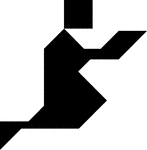
Woman Kneeling
Tangrams, invented by the Chinese, are used to develop geometric thinking and spatial sense. Seven figures…
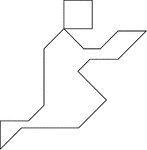
Woman Kneeling
Tangrams, invented by the Chinese, are used to develop geometric thinking and spatial sense. Seven figures…
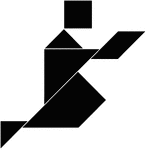
Woman Kneeling
Tangrams, invented by the Chinese, are used to develop geometric thinking and spatial sense. Seven figures…
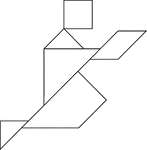
Woman Kneeling.
Tangrams, invented by the Chinese, are used to develop geometric thinking and spatial sense. Seven figures…
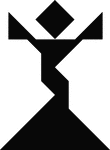
Woman Standing
Tangrams, invented by the Chinese, are used to develop geometric thinking and spatial sense. Seven figures…
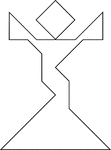
Woman Standing
Tangrams, invented by the Chinese, are used to develop geometric thinking and spatial sense. Seven figures…
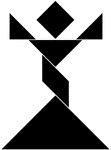
Woman Standing
Tangrams, invented by the Chinese, are used to develop geometric thinking and spatial sense. Seven figures…
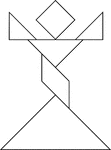
Woman Standing
Tangrams, invented by the Chinese, are used to develop geometric thinking and spatial sense. Seven figures…
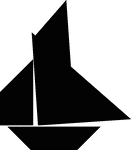
Yacht
Tangrams, invented by the Chinese, are used to develop geometric thinking and spatial sense. Seven figures…
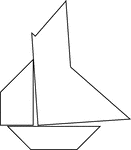
Yacht
Tangrams, invented by the Chinese, are used to develop geometric thinking and spatial sense. Seven figures…

Yacht
Tangrams, invented by the Chinese, are used to develop geometric thinking and spatial sense. Seven figures…
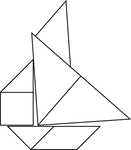
Yacht
Tangrams, invented by the Chinese, are used to develop geometric thinking and spatial sense. Seven figures…
